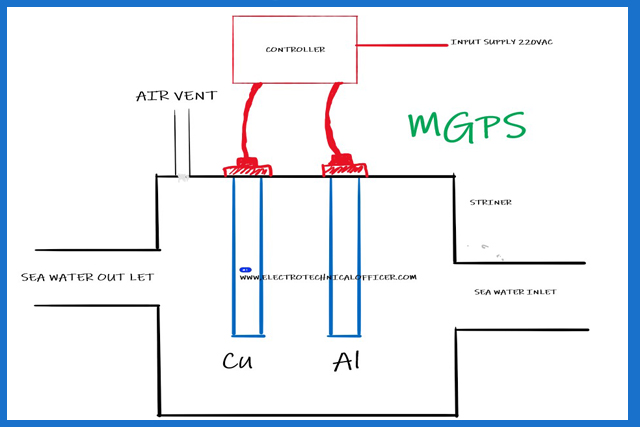Electronic devices
The device in which the electron flow through the
semiconductor
Application of the electronics
Communication
Industrial
Medical
Entertainment
Classification of components
Passive and active or electro-mechanic components.
Active components
- Diodes, sources, transistor, FET, BJT, thyristor, SCR optoelectronics, battery, and vacuum tubes.
- Produce the energy
- Unidirectional
- Require source for their operation
- Provides amplification
- Have controlling action
- Non-linear in nature
Passive components
- Resistor, inductor, capacitor, memristor, networks, transducers, sensors, detectors, antennas, assemblies, and modules
- Maintain and store the energy
- Bidirectional
- There is no requirement of source
- Do not provide amplification
- Do not having controlling action
- Linear in natural
Classification of materials
Depending upon the conductivity of materials they are
classified as
- Insulators
- Semiconductor
- Conductor
Insulators
- Conductivity is zero
- Insulator has practically no free electrons at ordinary temperature
- Conduction and valance bands are separated by a wide energy gap
- Very high resistivity
Semiconductor
- The conductivity of semiconductor lies in between that of conductor and insulator
- Energy band gap between conduction and valance is small
- Conductivity increases with increase in temperature
- Semiconductor have a negative temperature coefficient
Conductor
- The conductivity of the conductor is very high
- Since VB and CB overlap each other therefore energy band gap is almost zero
- On increasing the temperature conductivity decreases and resistance increases
- The conductor has a positive temperature coefficient
Types of semiconductor
- Intrinsic or pure or un-doped
- Extrinsic or impure or doped – two types n and p-type
Intrinsic semiconductor
These are the pure semiconductor in which no impurity atoms
are added. These are no free charge carriers so behave like an insulator.
Extrinsic semiconductor
These are the impure semi-conductor that are obtained by
the mixing of other atoms to the pure semiconductor. This process is known as
doping
Extrinsic semiconductor are two types
a) p-type
b) n-type
P-type semiconductor
- If a trivalent impurity is added to the pure semiconductor, a p-type semiconductor is formed
- Trivalent impurity has three valance electrons
- In a p-type semiconductor, majority charge carriers are holes and minority charges are electrons.
N-type semiconductor
- If a Pentavalent impurity is added to the pure semiconductor, the N-type semiconductor is formed.
- Pentavalent impurity has five valance electrons
- In an n-type semiconductor, the majority charge carrier is electrons and minority charge carrier are holes
Electronic components
Transistor
FET - Field-effect transistor
MOSFET – Metal oxide field effect transistor (MOS transistor)
JFET - Junction field-effect transistor
IGBT – Insulated gate bipolar transistor
BJT – Bipolar junction transistor
Phototransistor
Thyristor
SCR – Silicon controlled rectifier
TRIAC – Triode for
alternating current
UJT – Unijunction transistor
Others
















0 Comments
We love to hear your comments on this article, so that we may better serve you in the future.